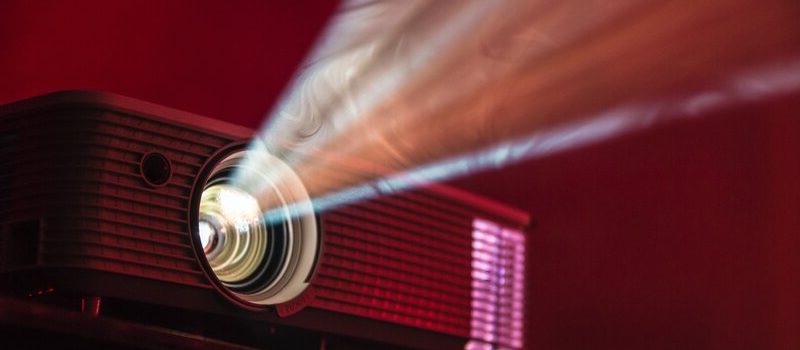When you look for a projector, “lumens” comes up. What are lumens in a projector? This measurement indicates how bright a projector is.
Understanding “how important are lumens in a projector” and the elements that influence the quantity you need is critical for a fully customized strategy.
So, how many lumens does a projector need? Here’s a quick and straightforward guide to help you figure out how bright of a projector you’ll need for work, home entertainment, and education settings.
Keep reading to learn more!
Table of Contents
What Are Lumens In A Projector?
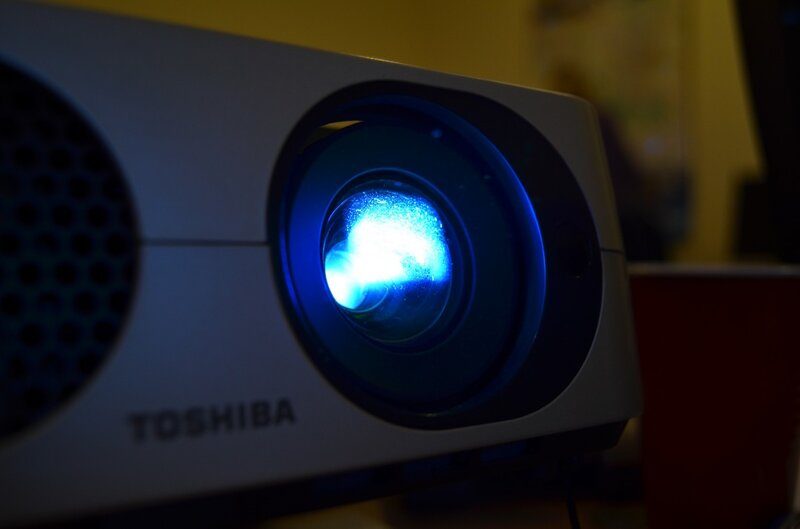
Light emitted from a projector
Lumens are a unit of measurement for determining the brightness of a projector. One lumen is equivalent to one foot-candle that falls across a one-foot-squared area.
One lumen of light is not much, but when several lumens are combined, the quantity of light created is sufficient. The brighter a light is, the more lumens it possesses.
Bulb projectors typically offer 2000 lumens. But laser projectors may quickly provide a lumen count of over 3500.
LED projectors typically have a maximum brightness of 2000 lumens. However, they produce higher-quality picture perception than bulb projectors.
It is due to the better color saturation and luminous efficiency of LED projectors, making them seem to have a feel of more brightness than their labeled lumen.
The brightness levels generated by your device impact the quality of the pictures shown by your device. Therefore, it is one of the critical factors you must consider when buying a machine.
How many lumens do I need for my projector?
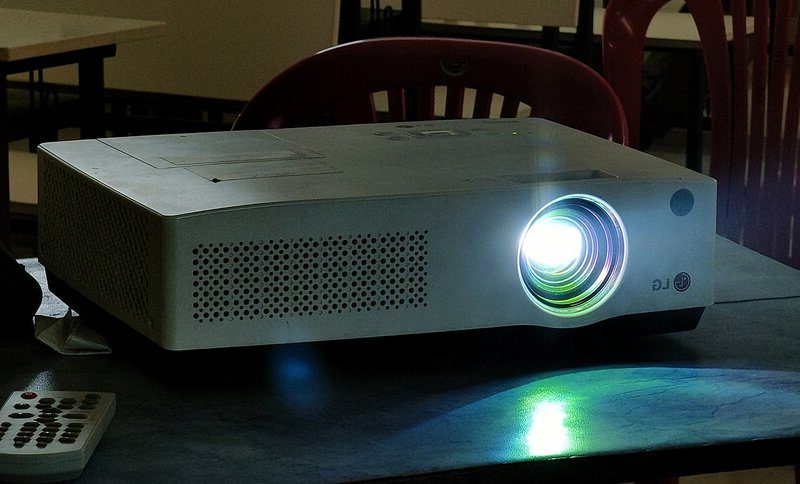
The brighter light is, the more lumens it possesses
Projector images are more space-dependent. The distance between you and the lamp and the ambient lighting will influence how bright you need it to be.
If money isn’t a problem, acquire the brightest device you can afford. However, the price rises as the number of lumens rise.
There are two factors determining the number of lumens that will be achievable:
- The image’s quality and size: A 2000-lumen projector will be enough for a regular-sized picture in a standard room, but you will require a 4000-lumen projector for a massive image in the space of a seminar hall.
- The environment where you will use the projector: A 2000 lumens projector will offer you an excellent quality picture and size in a dark room with little light. If you want to use your device in a lighted environment, 4000 lumens is the least amount of lumens that will work for you.
The following section will guide you through purchasing a device for each different use.
Home Environment
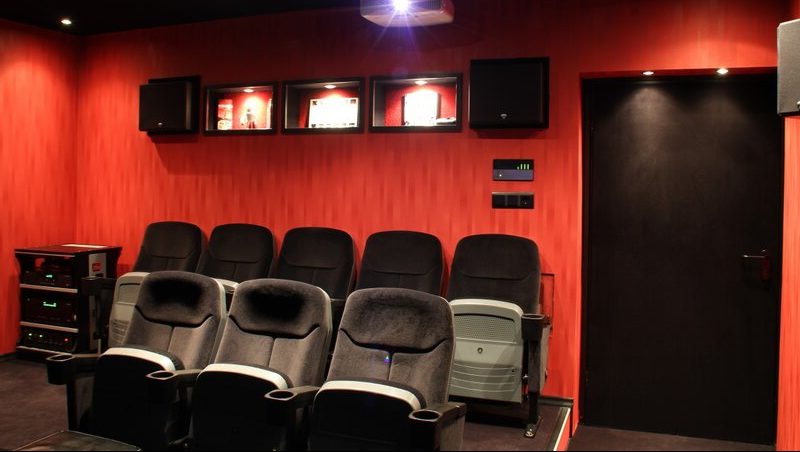
Set up a projector in a home cinema
A projector with a brightness level of less than 3,000 ANSI lumens is recommended in a home cinema or theater setting. It is enough to cover an image between 80 and 100 inches wide.
Customers looking for a machine with Ultra HD 4K resolution often have to spend more money on a device of above 3,000 ANSI Lumens. More light is necessary to maintain vibrancy at this pixel resolution.
Education And Business

Using projectors in meeting rooms
Because education and business include such broad areas, there are a few lumen limits to consider for uses.
- 3,000 to 3,999 ANSI Lumens: Based on the 80-inch or so screen size, this lumen count is excellent for more minor situations such as a school or conference. It has a low price point, and you may use it in environments with limited or regulated ambient light.
- 4,000 to 4,999 ANSI Lumens: This range of lumen count is appropriate for projecting high-quality pictures in mid-sized rooms. You may use it for university classrooms or school auditorium A/V presentations.
- ANSI Lumens of 5,000+: This lumen count is appropriate for big commercial venues like conferences or outdoor advertising. You may use such a device in a drive-in or backyard theater.
How many lumens for a projector in daylight?
Lumens will be your primary issue if you intend to project in the daytime. How many lumens does an outdoor projector require?
For daytime projection, the usual amount of lumens is 2500. But, your gadget should have 5000 to 6000 lumens if you want a better projection.
You’ll need to consider the following concerns if you want to project the picture in the daytime:
The projector’s location
Position the projector close to the screen so that your image don’t leave the screen. The more light that falls on the screen, the more vibrant images you get.
In addition, an ideal location for the projector will be the place where the projection screen is not directly exposed to the sun. Also, make sure your projector is towards the sun.
An excellent projector screen
You should choose a screen that can effectively retain the projected light in the sunshine. If your screen can hold the projected light, it won’t warp the image by the sun.
Content of video
Suppose you’re going to see a movie during the day. You should choose a film with a lot of contrast. Take, for example, a cartoon film that has a substantial difference. As a result, their animated films are suitable for viewing throughout the day.
Shade
Make a shade around the device if you’re in an open area. As a result, we can prevent sunlight from falling on the screen.
Avoid projecting your image on the wall.
It’s not a good idea to project on a standard white wall. The wall can not produce a high brightness and contrast ratio to display your images.
Lumen in Lamp Projectors vs. Laser Projectors vs. LED Projectors
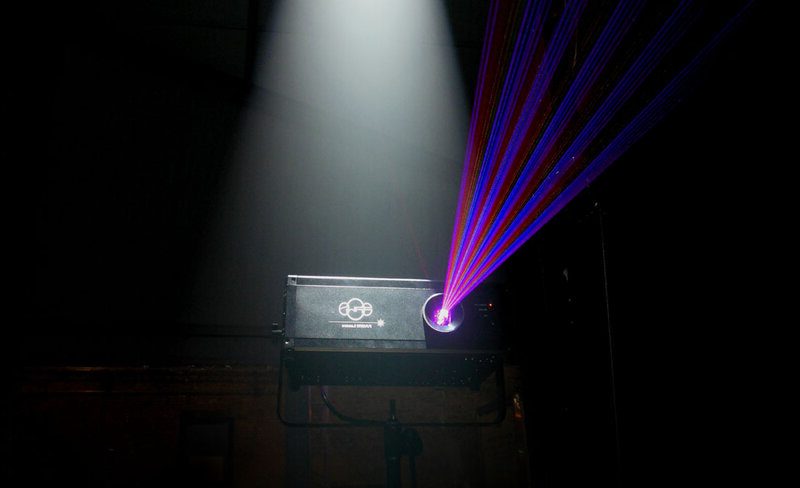
Laser projection system
Lamp projectors generally have a brightness output of at least 2,000 lumens, while laser projectors have a minimum brightness of 3,500 lumens. Finally, LED projectors have a total brightness of 2,000 lumens.
The LED projectors produce higher quality images, clearer visuals, and more excellent contrast despite having identical brightness. Besides, the LED bulbs are longer-lasting and less prone to overheating.
The LED outperforms metal halide and halogen light bulbs in average lifespan.
An LED bulb with the same brightness lasts 10,000 hours, while a high-intensity UHP bulb lasts 4,000 to 6,000 hours.
Furthermore, LED projectors have enhanced luminous efficiency and color saturation. This feature results in more excellent perceived brightness or, at the very least, more efficient light distribution than the projected picture.
FAQs
Are 7000 lumens suitable for a projector?
Although 7000 lumens is a decent number for a device, they perform effectively when there is a lot of ambient light, and the sun is still shining.
However, it may be too high for typical applications such as home gaming in a dark room, students, home entertainment, or camping.
Are higher lumens better for a projector?
The greater the lumen level, the brighter the projector.
Are 4500 lumens suitable for a projector?
A projector that has 4500 lumens is suitable for screens measuring 120 inches and 150 inches.
Do projectors work in daylight?
You may use a high-quality projector with a high lumen count outside during the day if you have one. But, watching your device in direct sunlight is not practicable.
How do lumens affect projectors?
The greater the lumen level, the more light the projector produces.
How do I get my projector to work outside in daylight?
If you want to use a projector outdoors during the day, make sure it has a brightness output of at least 3,000 lumens. This level of brightness is required to watch the film.
Additionally, providing shade, securing the screen, and placing the projector in a shady section of the garden may all assist.
How many lumens do you need for an outdoor projector at night?
We advise you to use a device that features lumens ranging from 2500 to 3000 on a 9×5 ft screen.
Conclusion
Even if you already understand “what are lumens in a projector,” it’s still hard to determine how many lumens your projector has. Unfortunately, it’s all too usual for firms to exaggerate the brightness of their projectors.
A device that claims to produce 2,500 lumens may only pay 1,000, and most consumers would have no way of knowing. However, seeing lights in action is the most excellent way to comprehend them.
Although projectors are very straightforward, selecting the right one for your requirements may be challenging.
When it comes to achieving a balance between price and performance, remember that the brighter a light is, the more lumens it possesses.
Hopefully, this post provided you with helpful information. If you are interested in learning more about projectors, read other articles on Display Central.

Michael Brown has been a lead editor of the website display-central.com for a long time. He’s been a technology examiner for almost a decade, specializing in the best display solutions such as laptops, projectors, and TVs, Mobile. Michael will provide you with helpful and relevant knowledge and advice based on his technical background.
